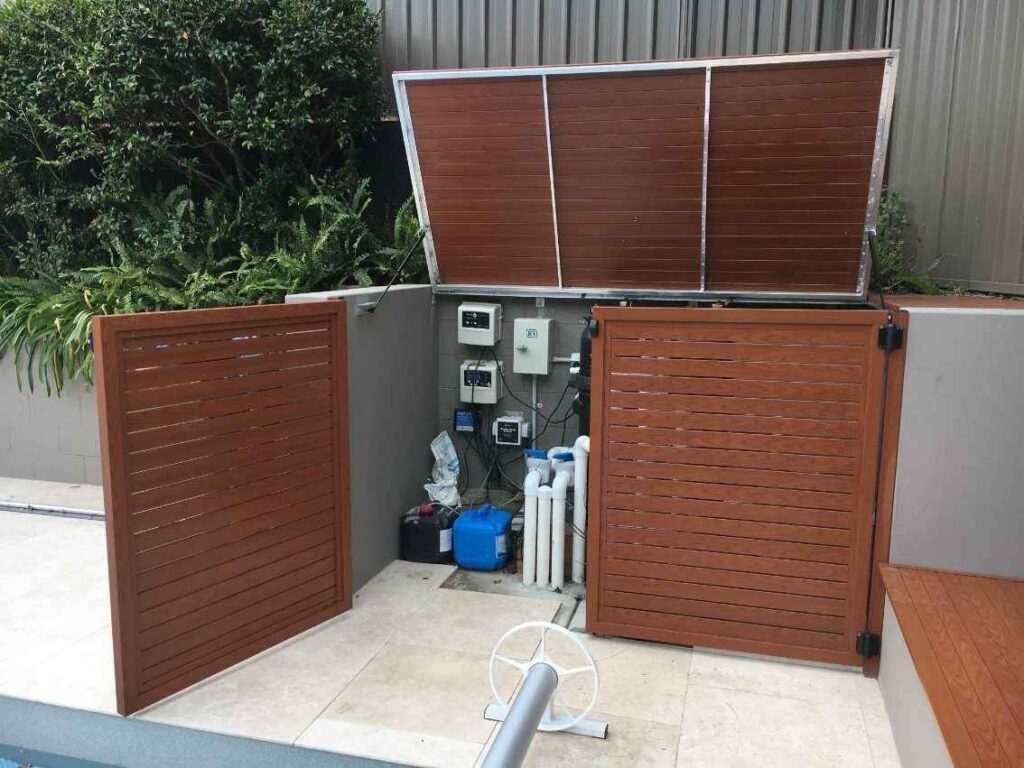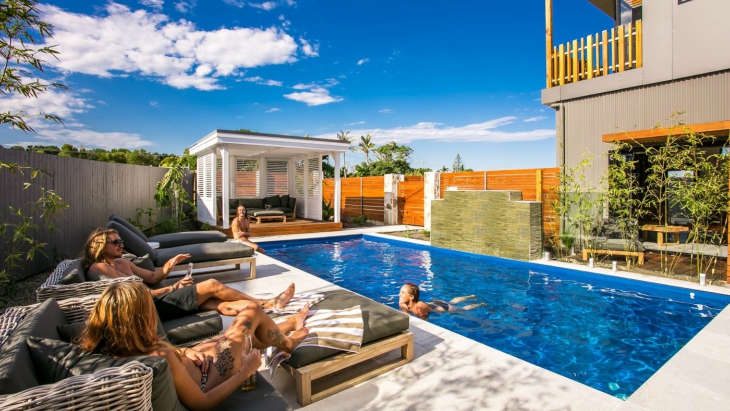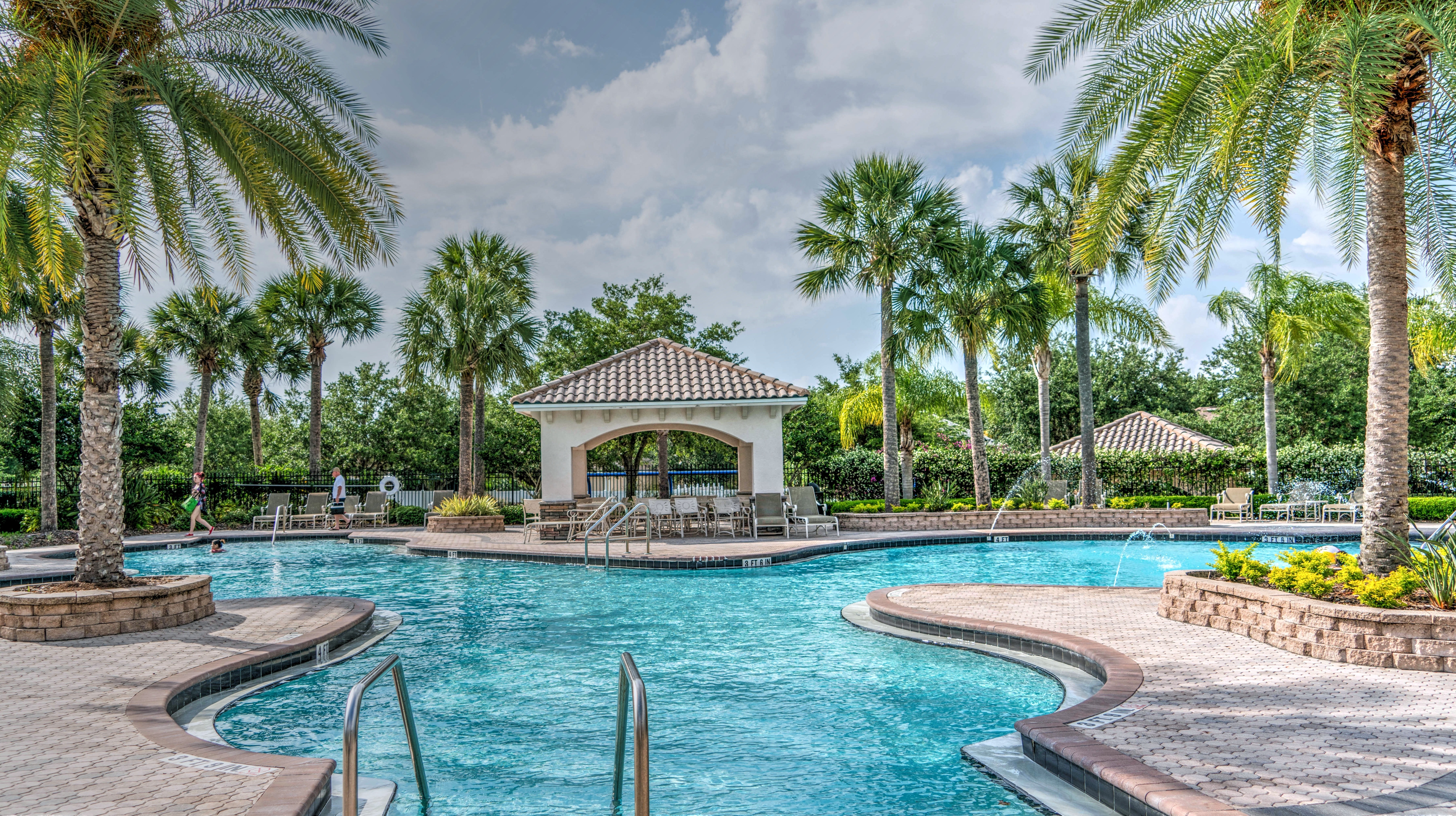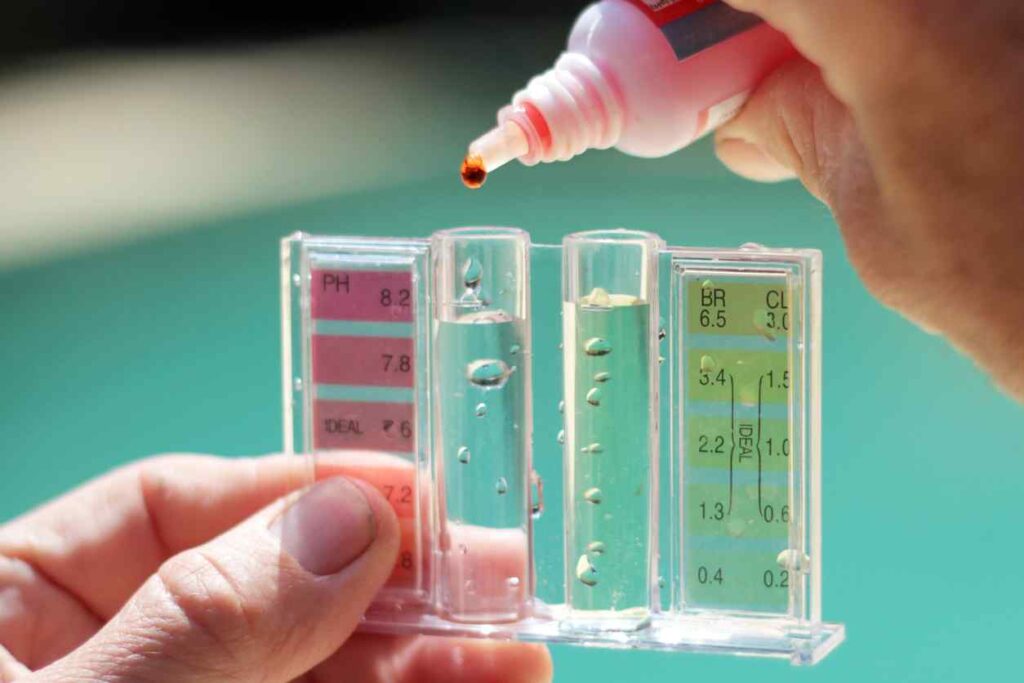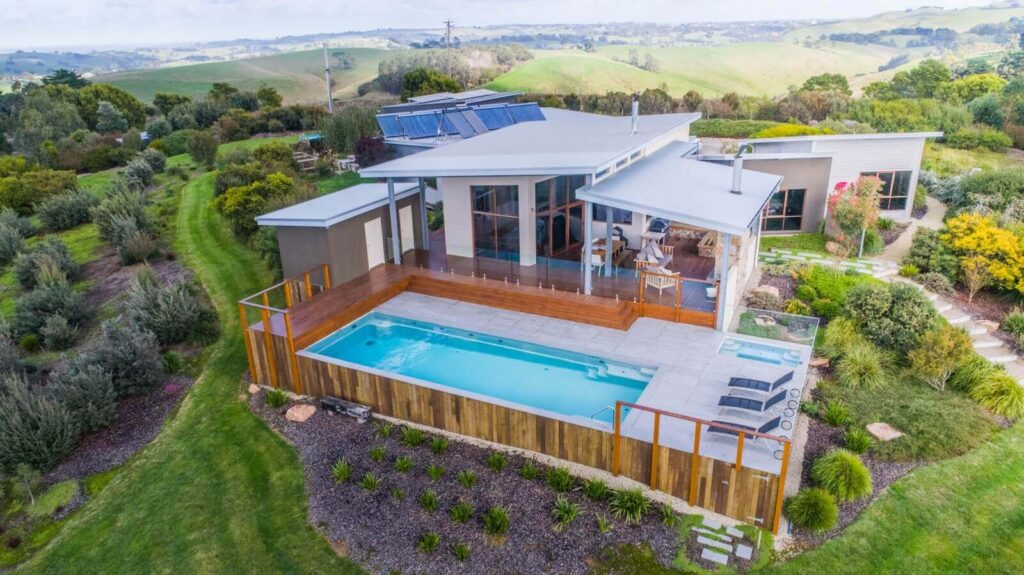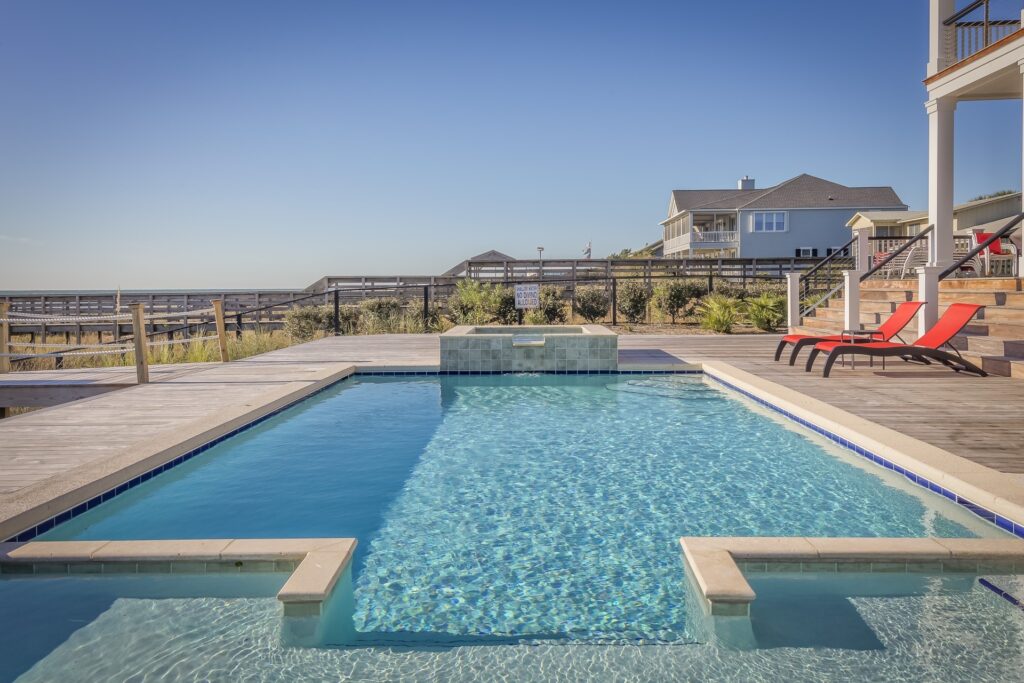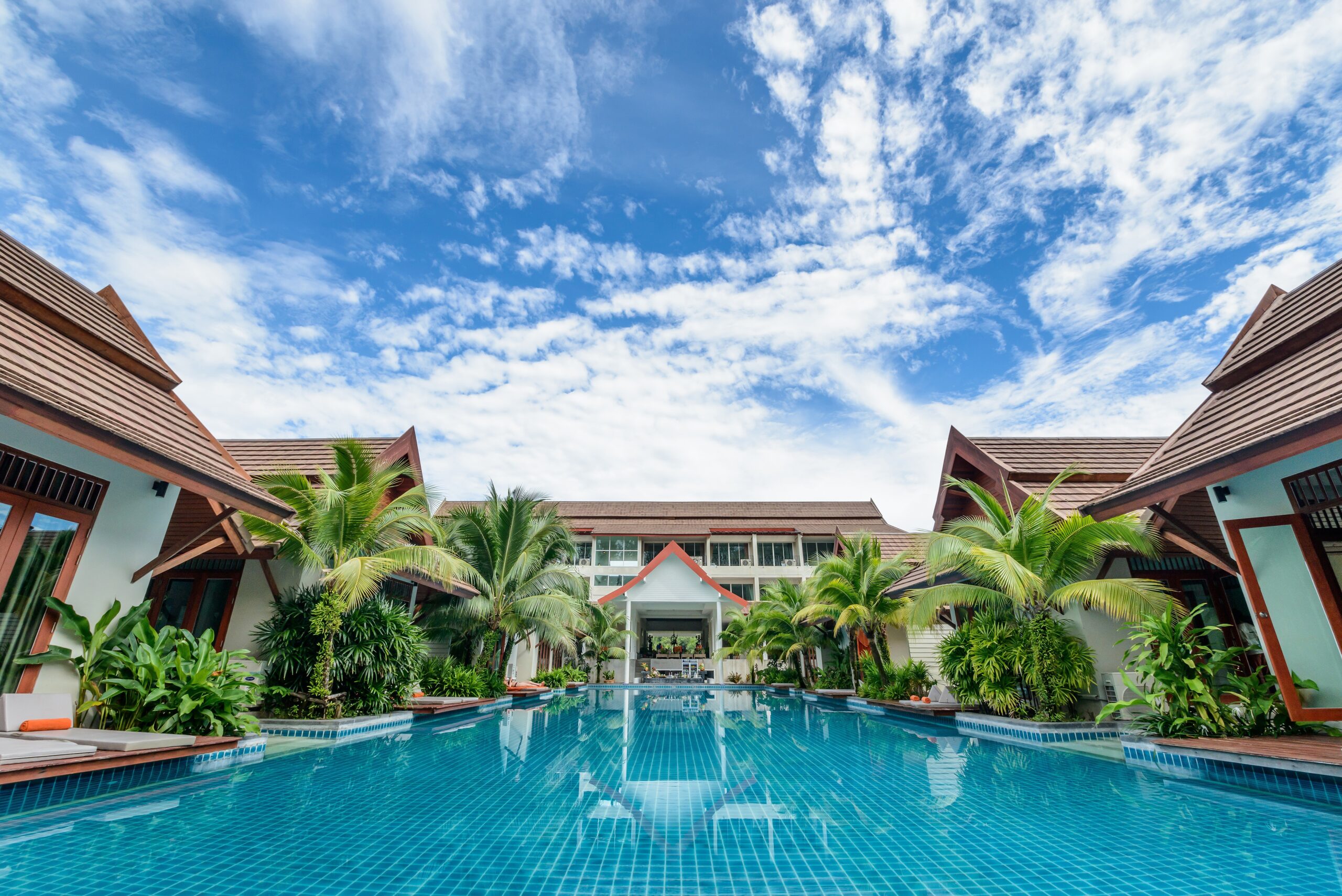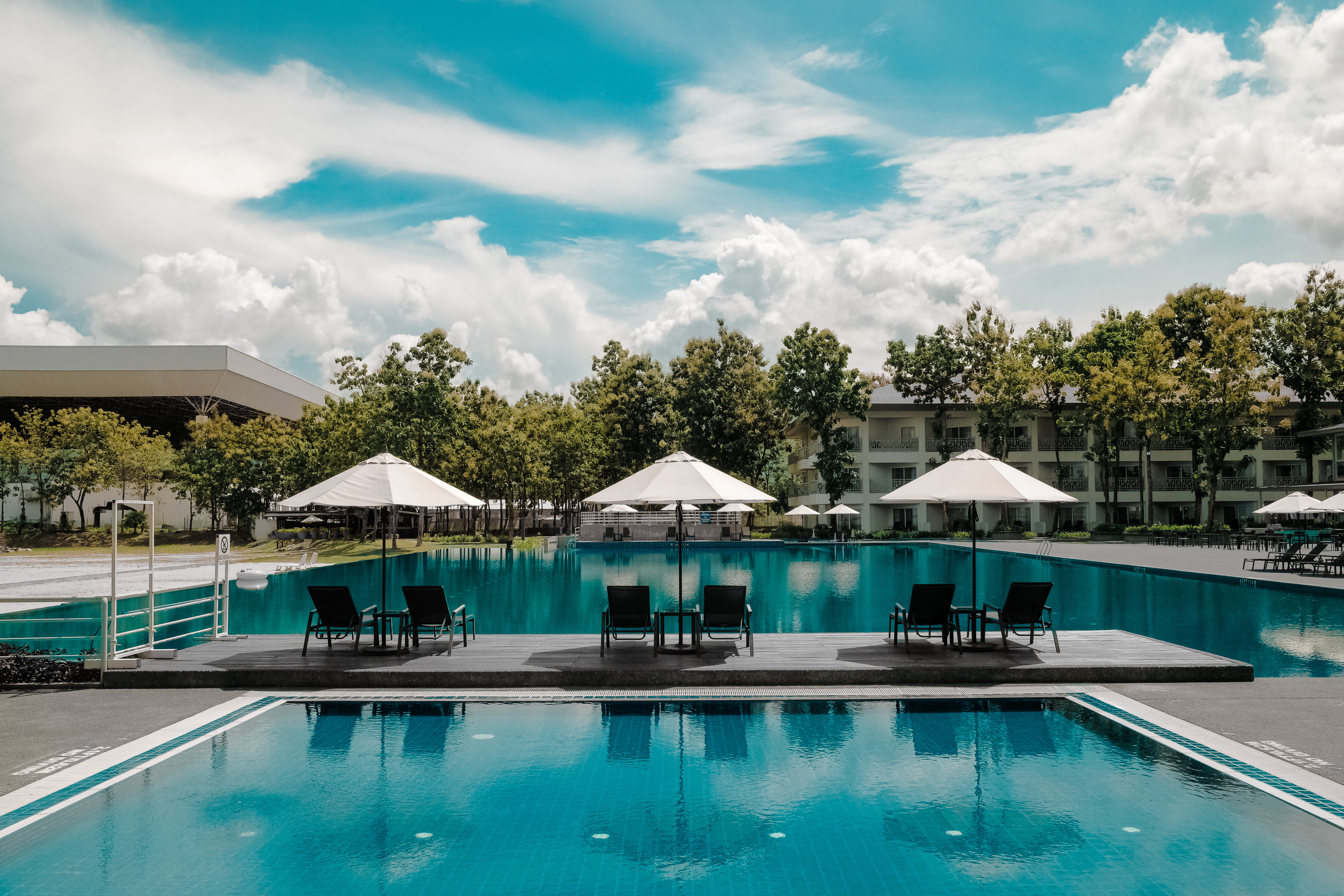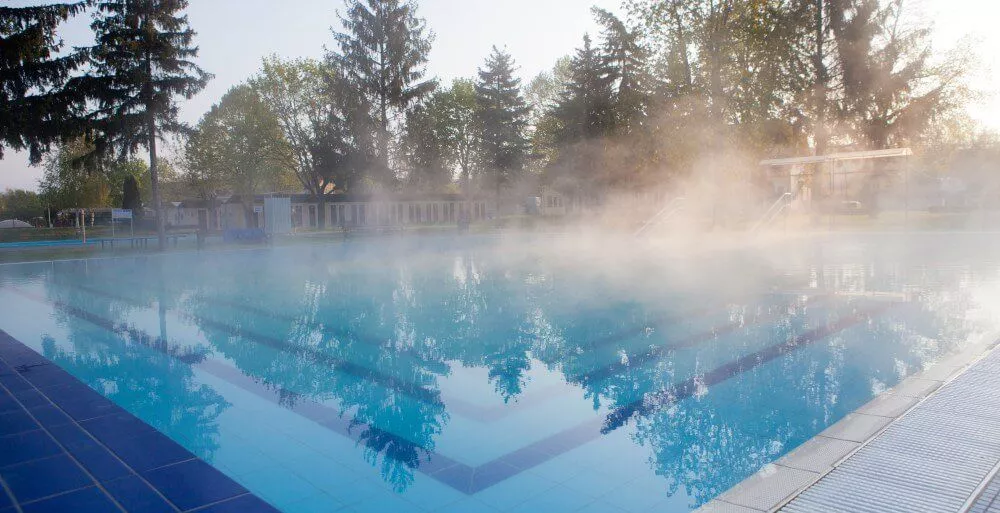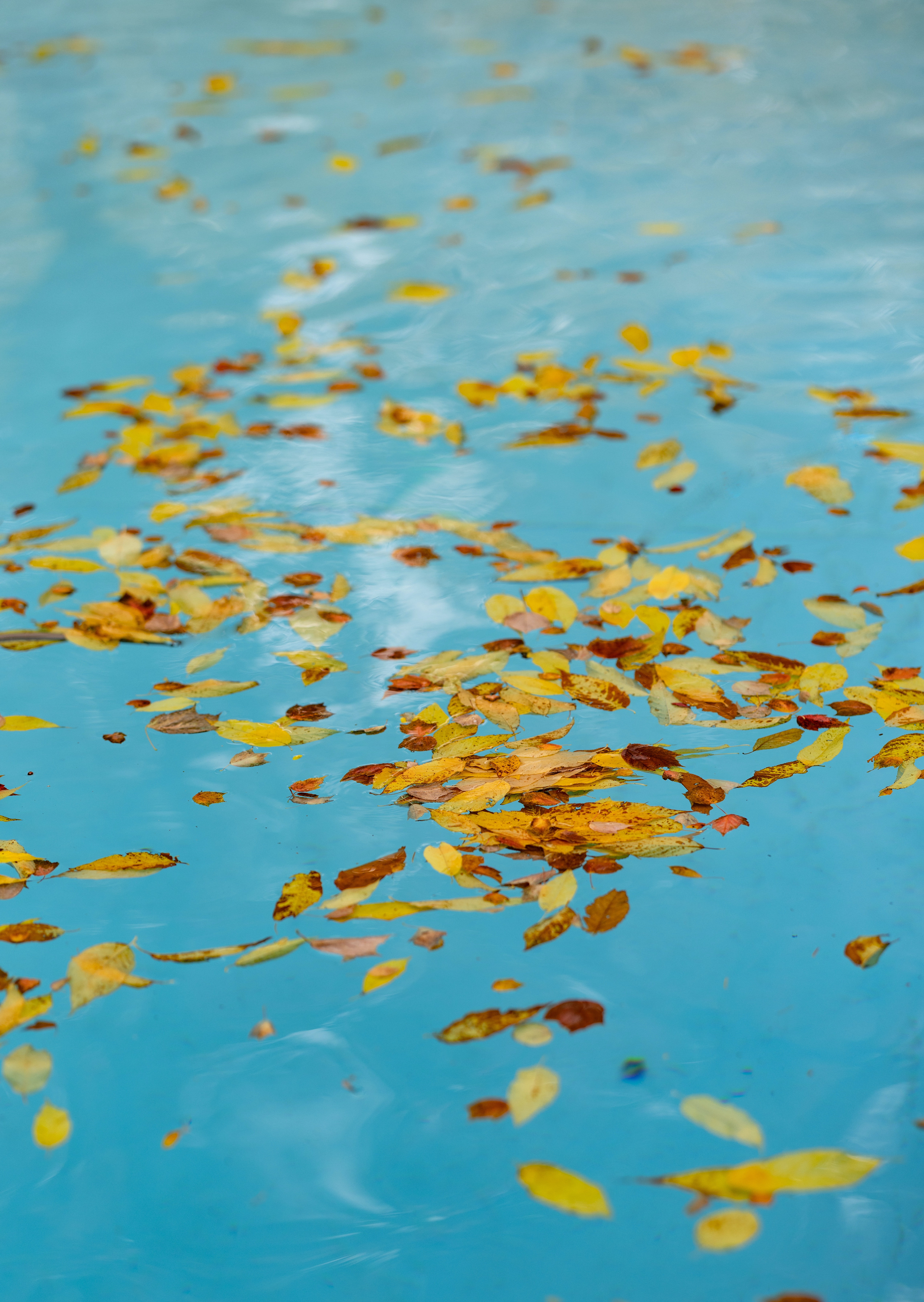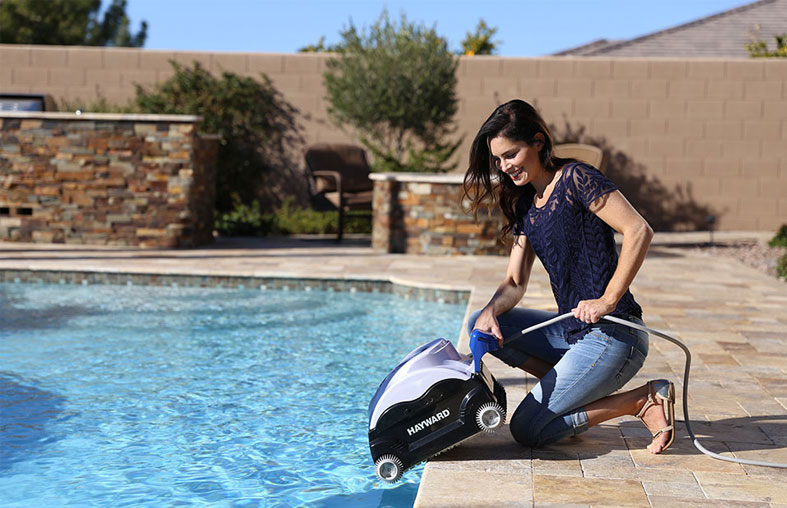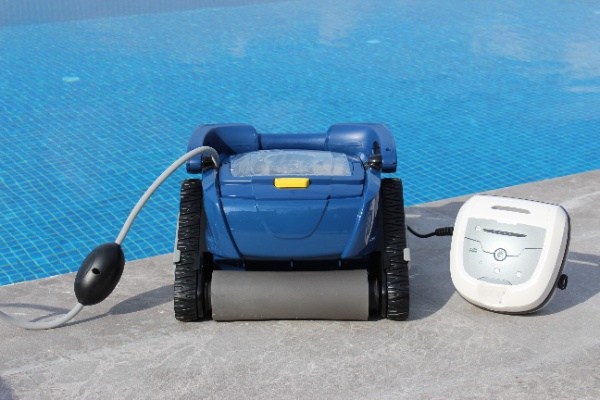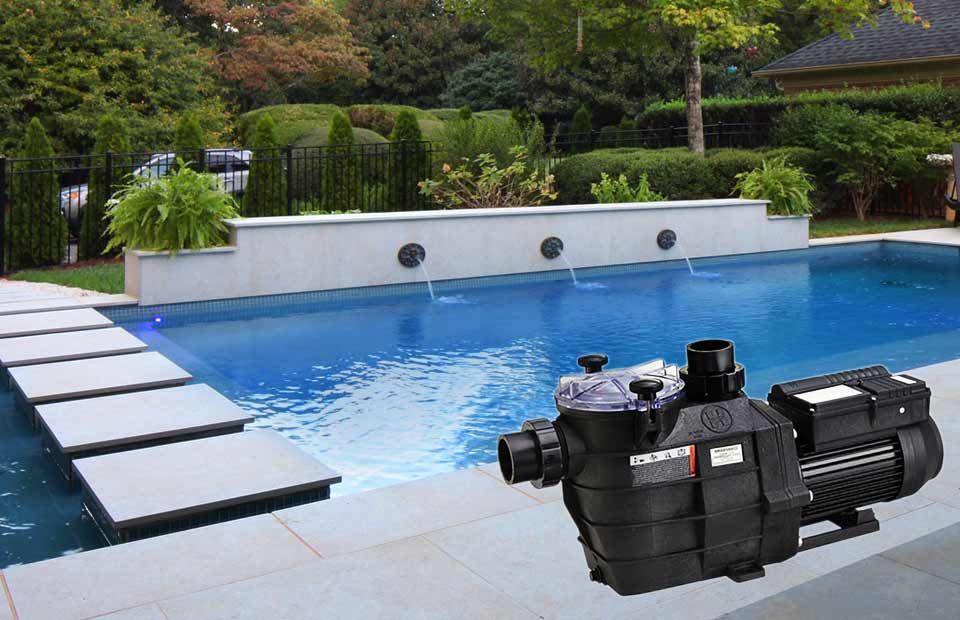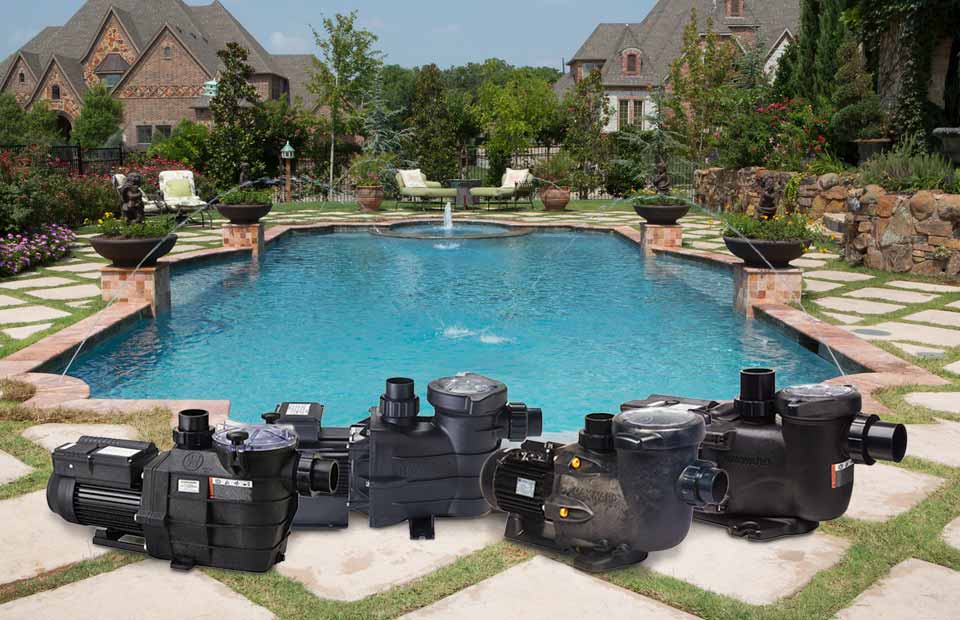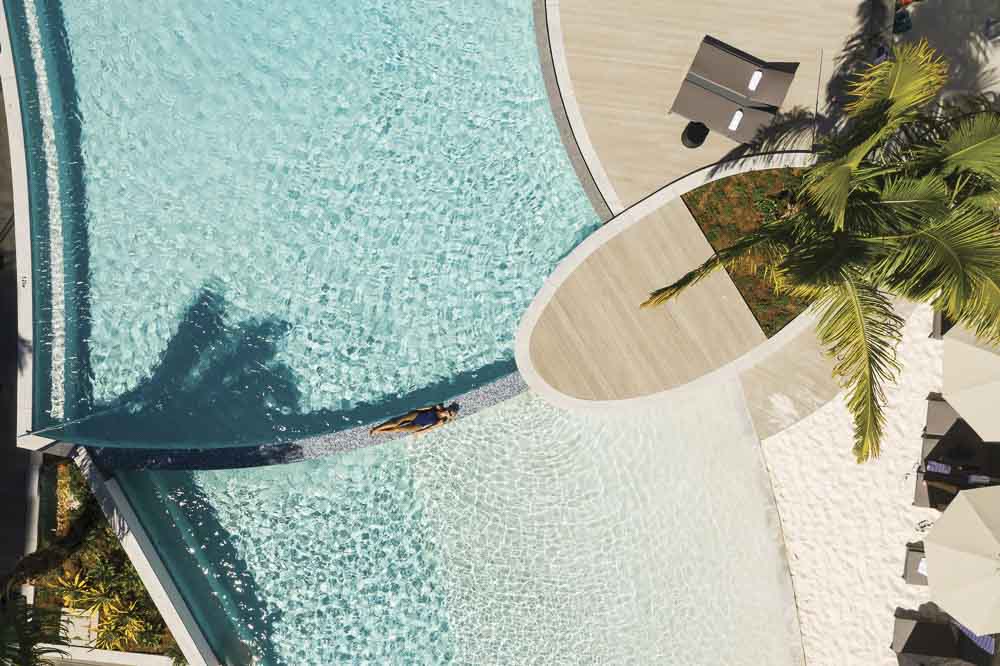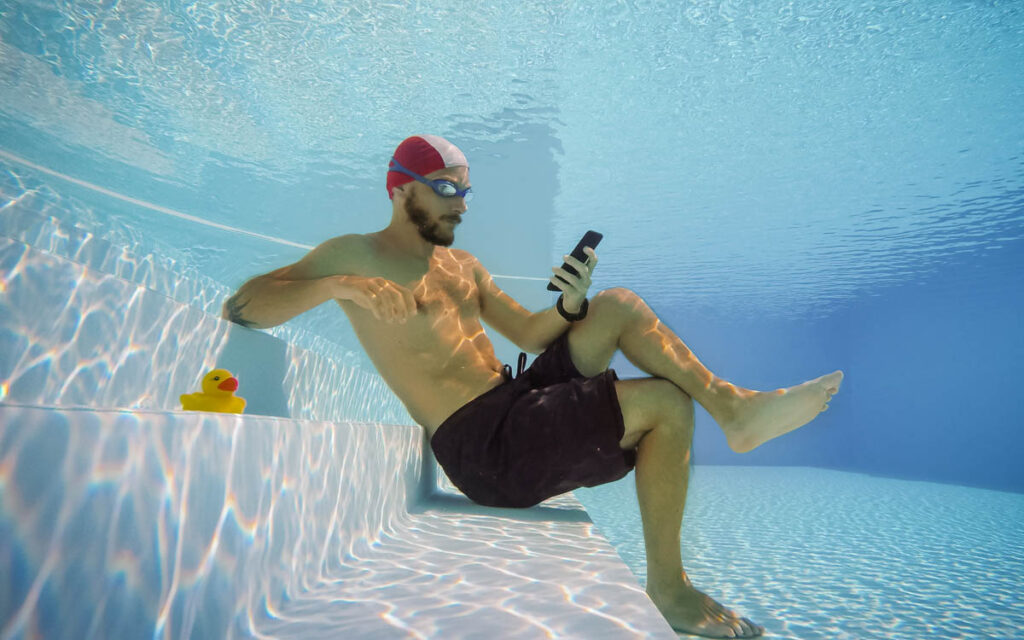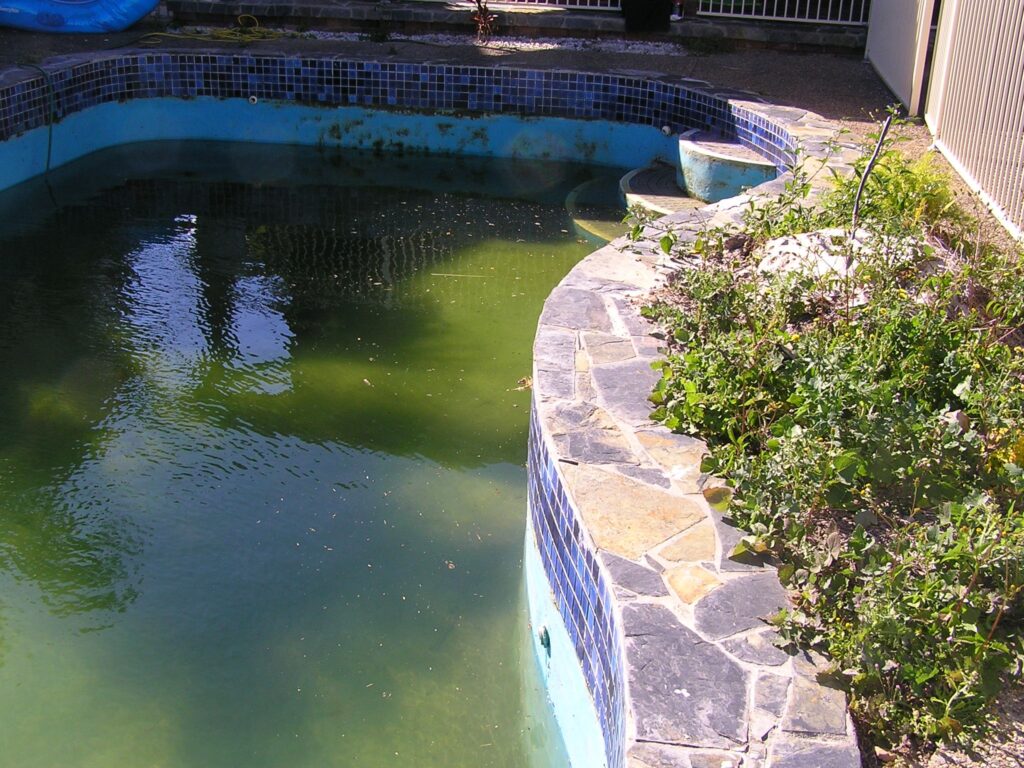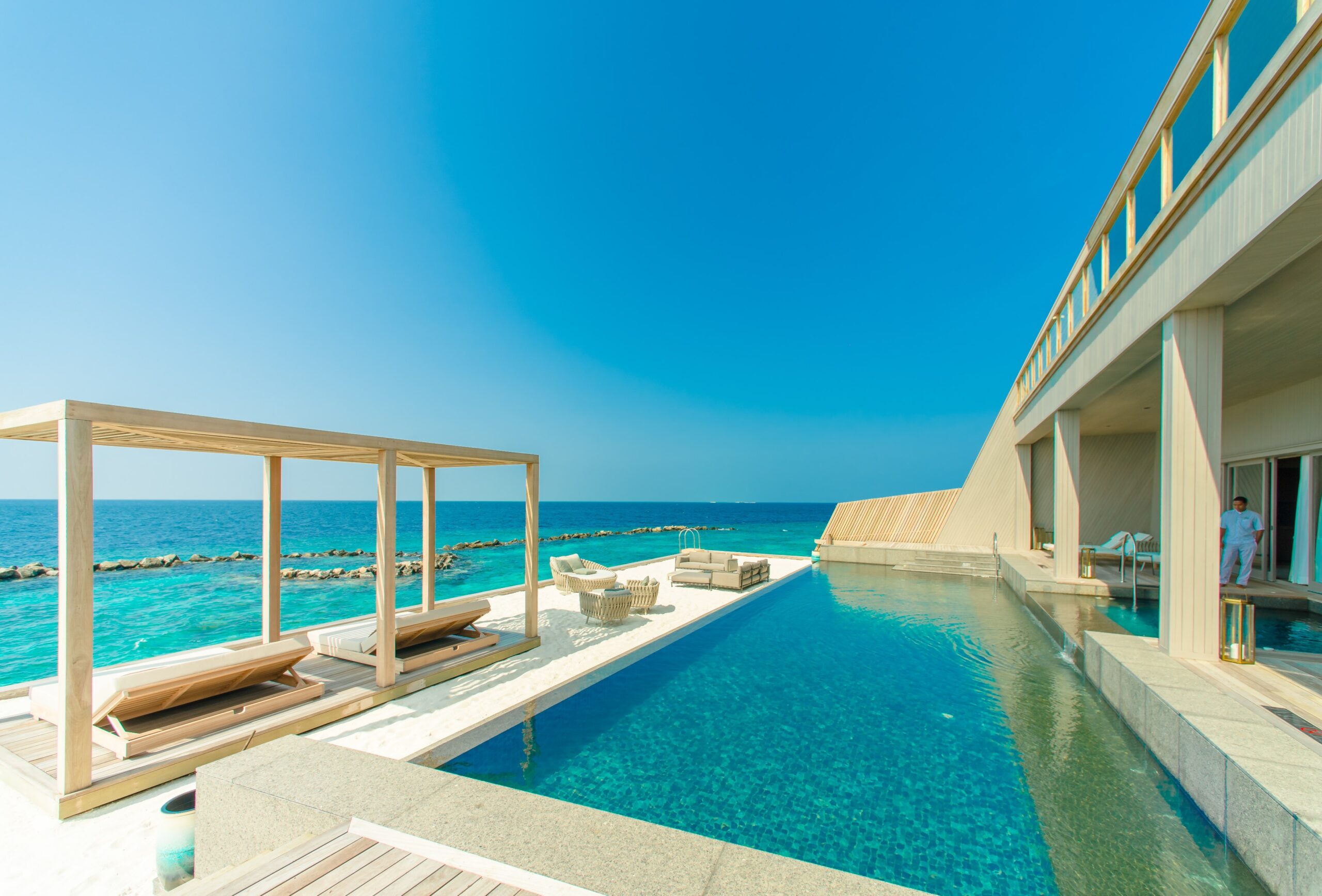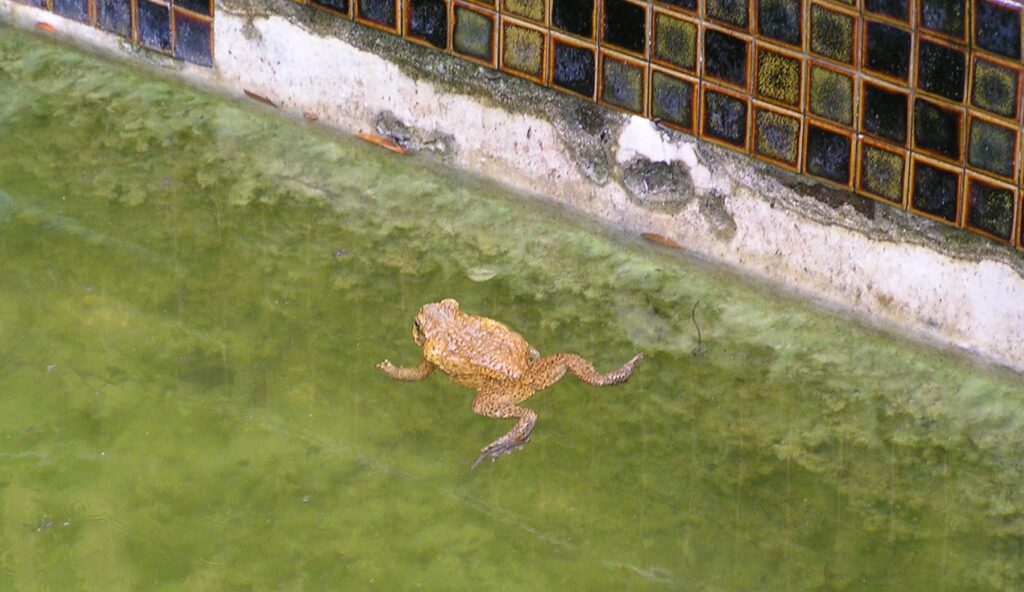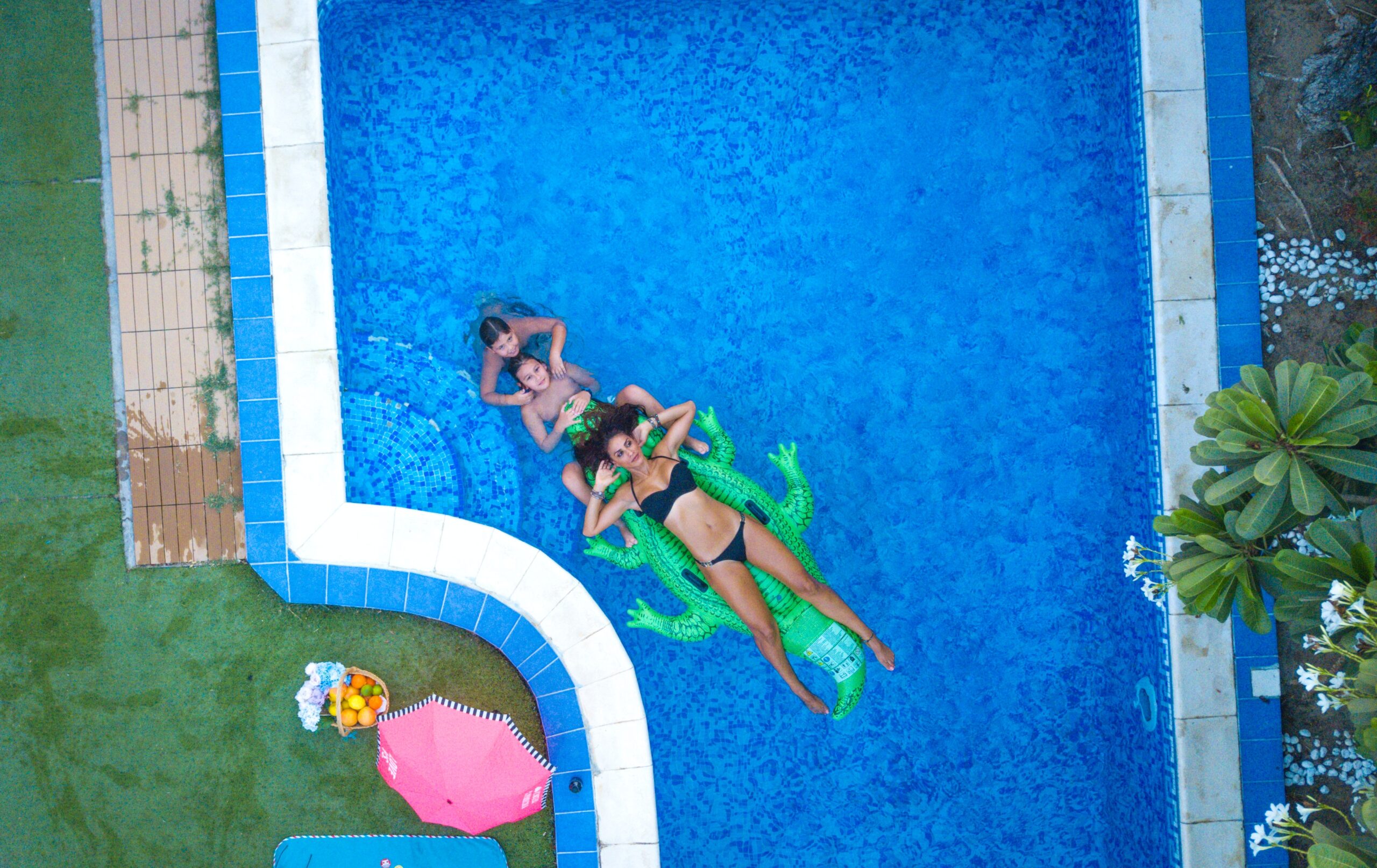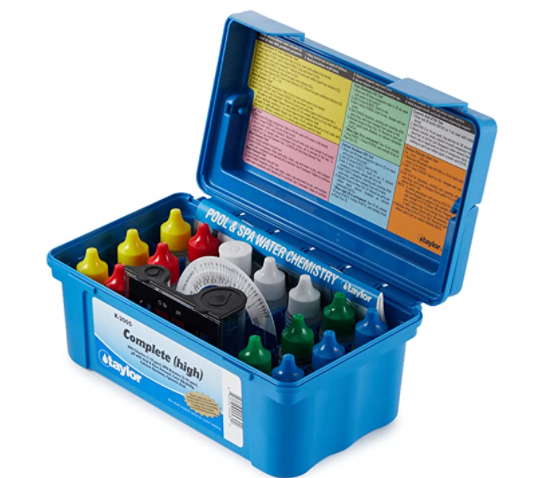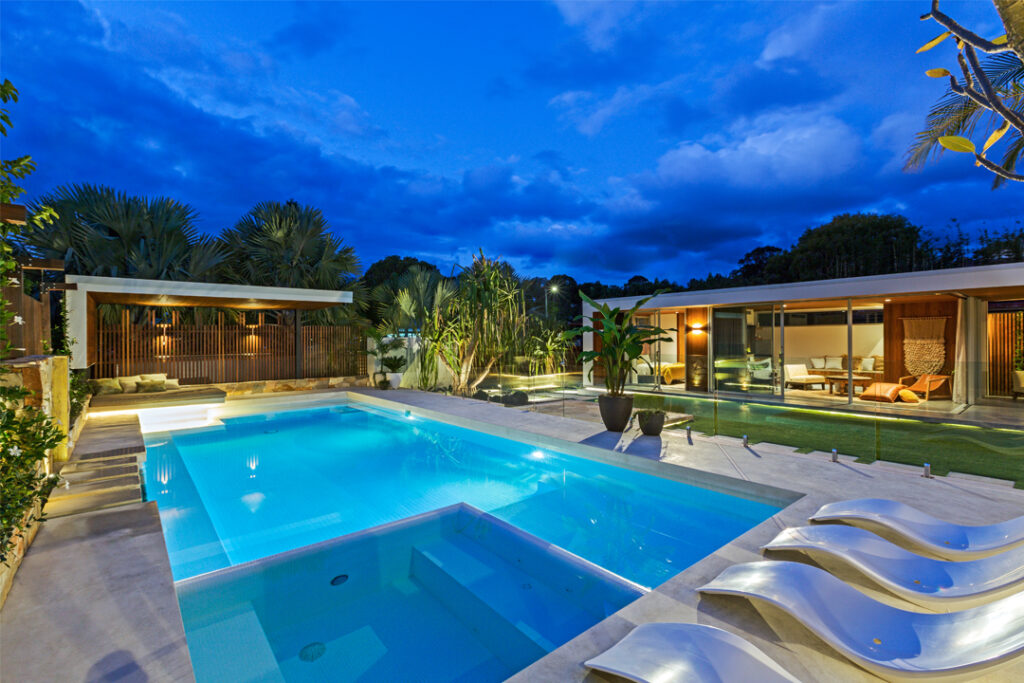Look After Your Equipment
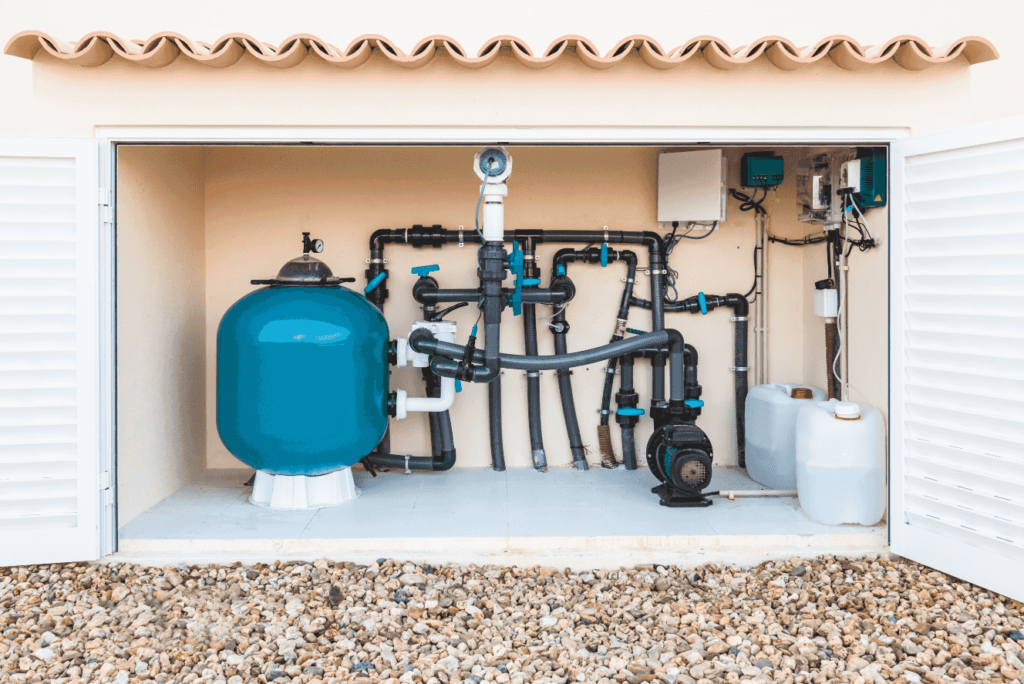
Look After Your Equipment
When it comes to items around the house (equipment, appliances, tools etc) each of us have a different way of looking after them. Some of us leave them where they were last used, even outside in all weathers. And then are bitterly dissatisfied when they refuse to function when needed. Others put everything back in its storage place when not needed, knowing where to find it and that it will operate perfectly when needed. And of course, many slip between the 2 extremes.
So where do you fit on this spectrum?
If you are in the neat and tidy end, great as you will know how to look after and manage the pool equipment also. Pool equipment is largely outside so it exposed to a lot in its life. A few items can be stored inside. However, if you can provide shelter and protection for all, it will respond in kind by working longer, needing little or no maintenance. And you will save money in the process. So, a little care and attention goes along way.
If you are more of well its designed for use outside and so I expect it to stay there in all weathers, you will find more expense due to faster degradation, loss of performance and even replacement sooner than you expected.
So, the choice is very much yours. If you seek to have the best value in pool equipment then develop a plan, stick with it to protect, store and look after the equipment. From leaf rakes to pumps and everything else. Buying a new leaf rake yearly as it gets stepped on seems not too much but over a decade it adds up. Some prevention can save you plenty.
If you can create pool shed for all items pool related, then just keep it for pool items. Junk has no place there. And pool pumps etc need room to breathe as they get hot. Good access to filter equipment is needed. You don’t want to have it buried under other stuff.
Look after your pool equipment and it will look after your pool much better.
If you have ever worked in the swimming pool industry you would see a stark contrast between how different people care for their pools and associated pool equipment, chemicals, and maintenance items. One pool owner leaves every last pool toy, pool chemical and pool maintenance item laying on the ground in the last place it was used, while other pool owners have a neatly organized pool shed with each component for the pool labeled and stored away in a specific home. Year after year it is interesting to see how the pool and pool equipment ages in these different environments. Unsurprisingly the people who care for their equipment experience much greater longevity from each component.
Pool owners do not get the benefit of seeing this progress happen first hand. It stands to reason, logically, that the better you care for your things the longer they will last you, but it is less apparent when you only ever see your own pool. If you stand back and look at the long term equation of pool ownership objectively, getting the longest service life out if every last thing you buy is critically important to the bottom line numbers. If you need to buy a new leaf rake or telescoping pole every year because you keep stepping on yours and breaking it…your pool will end up costing you more than it should. Worst of all this is something that is completely within your control.
The solution here is to develop a plan for success. You need to have a place to store your pool chemicals that is NOT next to your pump and filter. You need hooks to hang up your telescopic poles, as well as storage bins for your inflatables and pool toys. If you have a pool shed that is half filled with garbage then you should clean it out. Pool equipment needs a lot of room, and air, to breathe in order to remain cool when it runs. Also messy pump sheds will attract rodents and other pests that can move in and cause damage to your pool equipment, pool cover, or any other items left in storage for any period of time. Treat every component of your pool as though it is a small pile of money. Would you just take a pile of money and throw it blindly into the shed and close the door? Probably not…you would probably place it, with great care, in a safe place until you needed it again.

